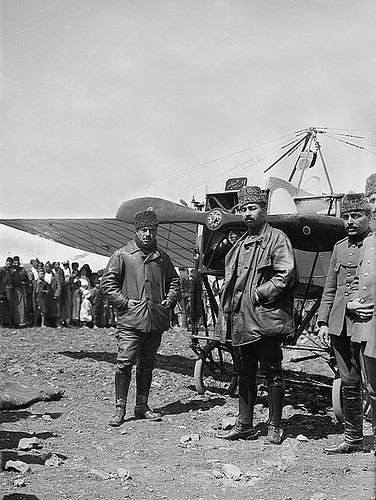Arabsat-5A, a multi-mission satellite, will provide additional capacity at the Arabsat 30.5 degrees East position for a large range of satellite communications services such as television backhauling and broadcasting, telephony, business communications, Internet trunking and the provision of VSAT and other interactive services, over sub-Saharan Africa, the North-Africa and Middle East (MENA) region, and beyond.
Arabsat 5A was built by an industrial team of Astrium and Thales Alenia Space acting as co-prime contractors. Astrium, the team leader, supplied the Eurostar E3000 platform and assembled and tested the spacecraft.
Thales Alenia Space supplied the communications payload featuring 26 active transponders in C-band and 24 in Ku-band. The Launch and Early Orbit Phase will be conducted from the Astrium spacecraft control centre in Toulouse.
Arabsat-5A will have a launch mass of 4,800kg and a spacecraft power of 11kW at the end of its 15-year designed lifetime. Arabsat 5A is the 4th Eurostar built for the Arab Satellite Communications Organization (Arabsat) based in Riyadh, Kingdom of Saudi Arabia, and the 1st Eurostar E3000 in a series of four Arabsat 5th generation satellite ordered to date. A sister spacecraft, Arabsat 5B also known as Badr 5, is undergoing final testing in Toulouse.
Arabsat 5A is planned for launch by an Ariane 5 which will also carry another Astrium-built satellite, COMS, for the South Korean space agency KARI. Launch of Arabsat 5A and COMS is scheduled for the end of April.





 Pilots Salim Bey, Kemal Bey in leather coats, Bleriot plane 'Edremit', en route Istanbul-Cairo (first completed flight)...info from the ab-ix forum of Air Britain and the Cedarjet website. (May 1 1914)
Pilots Salim Bey, Kemal Bey in leather coats, Bleriot plane 'Edremit', en route Istanbul-Cairo (first completed flight)...info from the ab-ix forum of Air Britain and the Cedarjet website. (May 1 1914) Before its partition and the first Arab-Israeli war in 1948, Palestine, under British mandate, with both its Arab and Jewish populations had the most advanced economy, possibly the most educated population, and the highest potential for development in the Middle East.
Before its partition and the first Arab-Israeli war in 1948, Palestine, under British mandate, with both its Arab and Jewish populations had the most advanced economy, possibly the most educated population, and the highest potential for development in the Middle East.